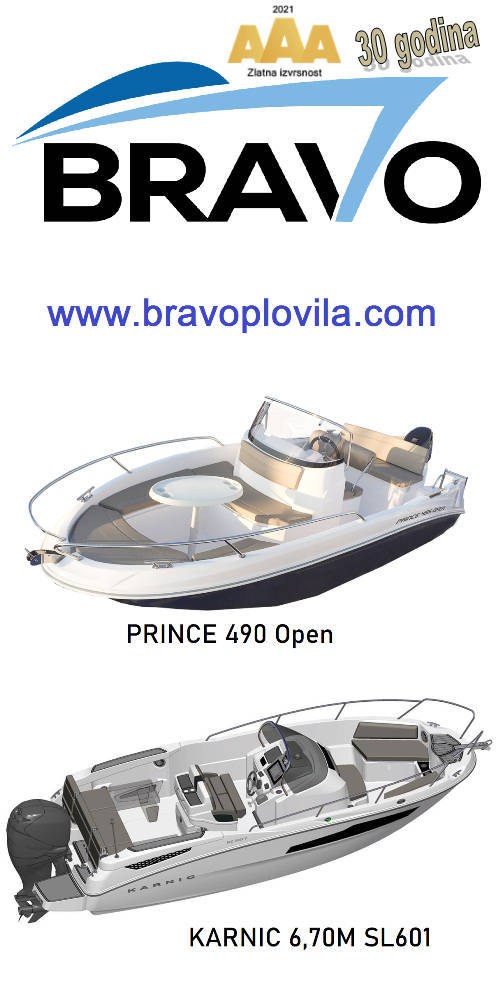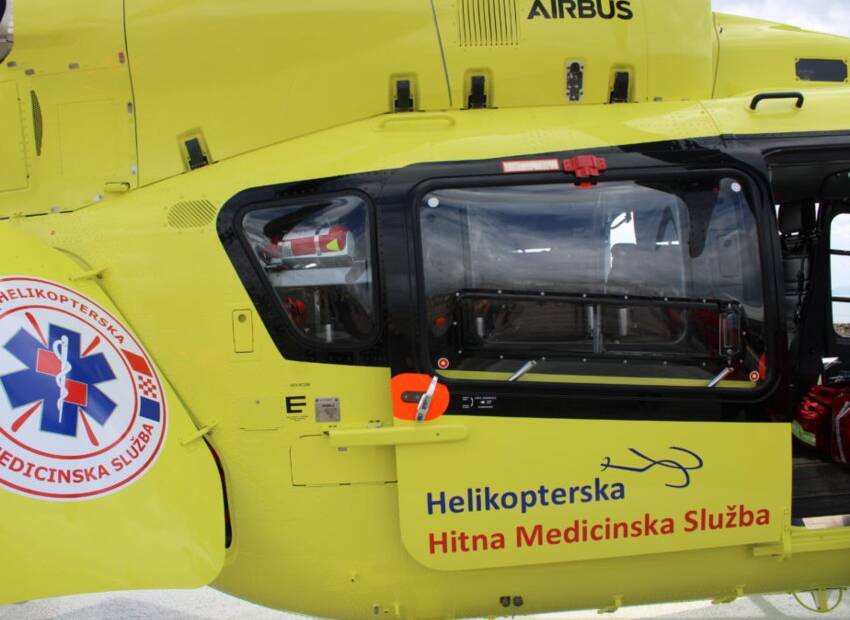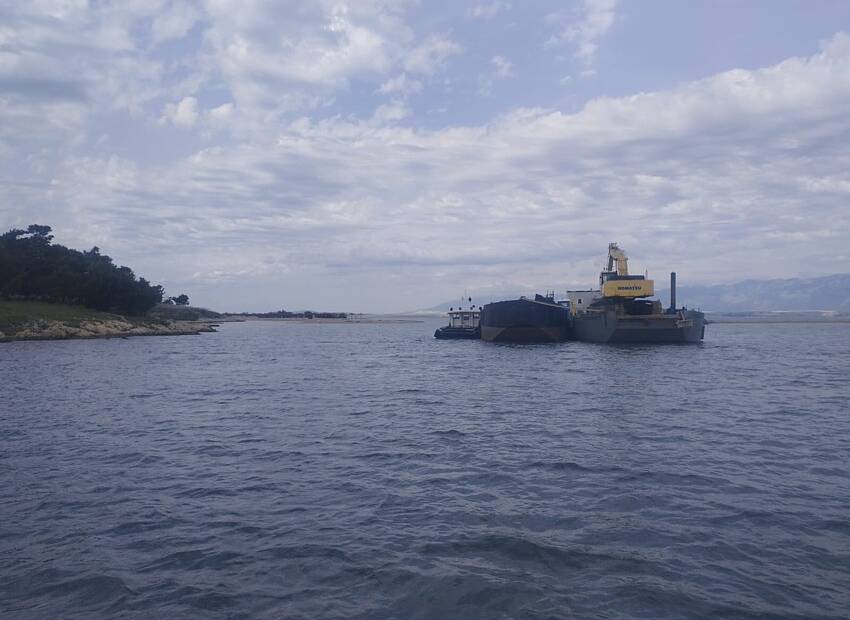This useful check list is published by Royal National Lifesaving Institution.
NEVER run an outboard motor out of the water unless you have arranged some other supply of cooling water.
Pre-start checks
1. Clamps and bolts. Make sure the engine is securely clamped or bolted to the boat.
2. Fuel. Make sure your fuel is fresh and uncontaminated, and that you have enough for your intended trip, plus agenerous reserve. Do not overfill.
3. Oil. Some two-stroke outboards need oil mixed with their fuel. Make sure you use a marine two-stroke oil (labelled TCW3) and that you mix it in the right ratio. Other two-strokes have a separate oil reservoir. They also require a proper marine two-stroke oil. Four-stroke outboards have an internal sump like a car engine. Check the level with the dip stick, and top up if necessary with engine oil (NOT two-stroke oil).
4. Controls. Turn the steering wheel from lock to lock and the throttle/gear control froma head to astern to make sure that the controls operate correctly.
5. Propeller. Make sure the propeller and drive leg are free of debris such as rope, weed, fishing line, or plastic bags.
6. Fuel line. Connect the fuel line to the tank and to the engine. Make sure it is in good condition and free of kinks.
7. Fuel filter. If it is fitted with a water separator/filter, inspect the filter bowl for dirt or water and drain it off if necessary.
8. On small engines with integral tanks, make sure the fuel tap is open.
9. Tank vent. Open the tank vent.
10. Battery switch. If your engine is connected to the boat’s electrical system, make sure all the necessary switches and circuit breakers are switched on.
11. If it is fitted with a primer bulb, squeeze the bulb until it is firm.
12. Kill cord. If your engine has a kill cord, connect it to the kill switch and clip the other end to your leg, wrist or life jacket. Test it to see that it works.
After starting
1. Immediately check that there is a good flow of water from the cooling water tell-tale. (If not, check that the tell-tale hole isn’t clogged. )
2. Allow the engine to warm up so that it will tick over smoothly before setting off.
www.rnli.org.uk
Related articles

Suzuki DF300B
Suzuki Motor Corporation is pleased to announce the introduction of the all–new DF300B, which is the latest outboard model to join Suzuki’s existing ‘GEKI’ series of dual-propeller outboards





















